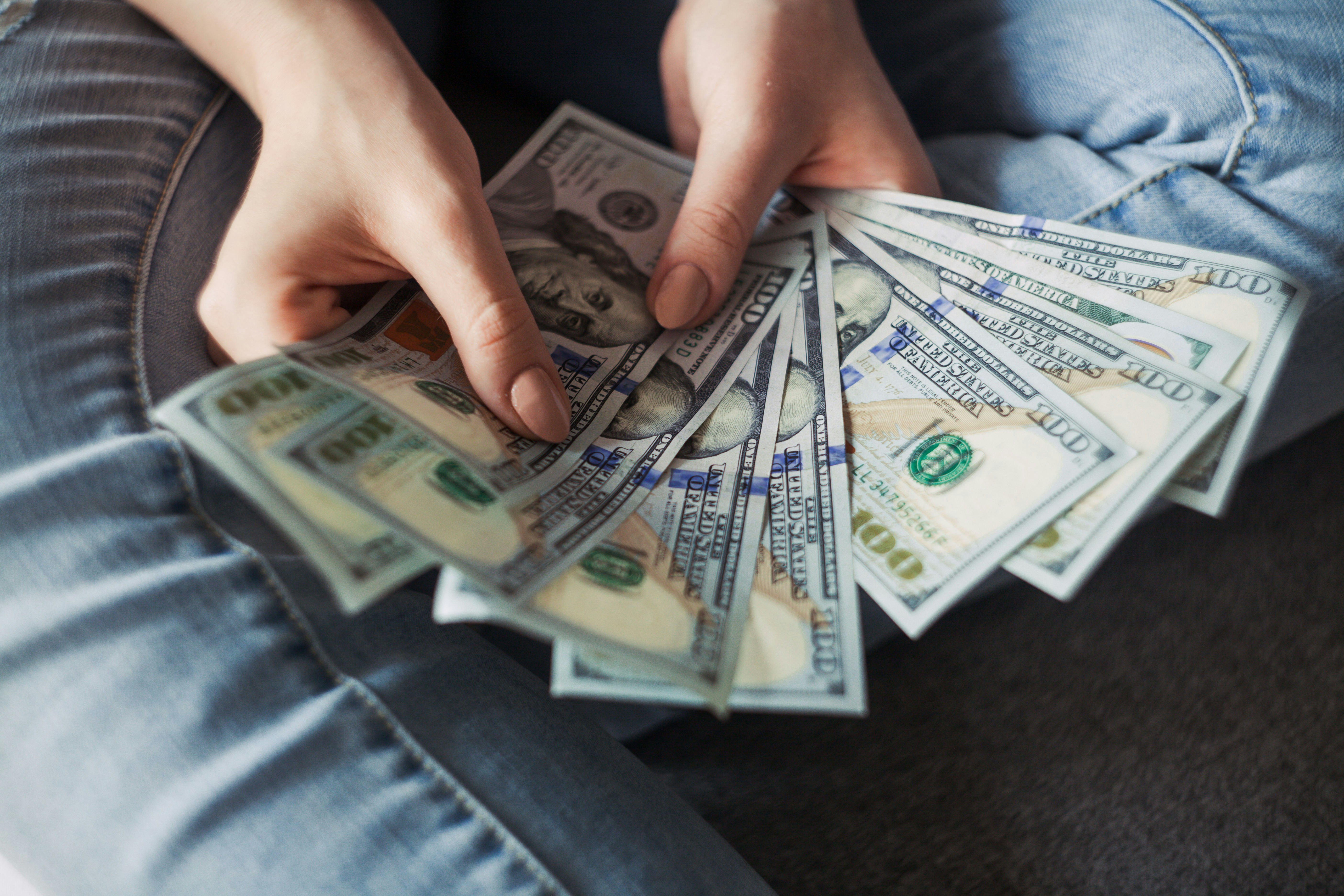How to Evaluate Rental Property Cash Flow
Evaluating cash flow is critical for rental property investors who want to understand a property’s potential profitability. Cash flow analysis reveals whether a property will bring in positive income after accounting for expenses, helping investors make informed decisions and avoid costly mistakes. In this guide, we’ll walk through the essential components of cash flow analysis, then apply these steps in a practical example to show how real-world numbers play out.
Understanding Cash Flow Analysis
Cash flow analysis for rental properties is the process of calculating the property's income and deducting the costs associated with it. This ensures investors know their net income or loss each month, creating a clearer picture of the property’s performance and sustainability.
Key Components of Cash Flow Analysis
Gross Rental Income
This is the total income a property generates from rent. Researching comparable properties can help investors set a competitive yet profitable rent price. Consider the likelihood of periodic rent increases and fluctuations due to vacancies when estimating future rental income.
Operating Expenses
Property management fees
Property taxes
Insurance
Maintenance and repairs
Utilities (if not tenant-paid)
Accounting for all operating expenses is essential, and it's wise to estimate on the higher side to avoid under-budgeting. Remember to add reserves for vacancies and regular upkeep.
Net Operating Income (NOI)
NOI is calculated by subtracting total operating expenses from gross rental income. This figure shows the property’s profitability before considering debt payments.
Capital Expenditures (CapEx)
CapEx refers to larger, infrequent expenses such as roof replacements, HVAC systems, or other significant repairs. Setting aside funds each month to cover these costs can protect your cash flow from sudden large expenses.
Debt Service and Financing Costs
Debt service includes monthly mortgage payments (principal and interest). Financing terms, such as interest rates and loan length, have a significant impact on cash flow, so it’s essential to consider debt service when evaluating potential properties.
Calculating Cash Flow

To find the cash flow, use the following formula:
Cash Flow = Net Operating Income (NOI) - Debt Service
A positive cash flow indicates the property is generating more income than expenses and debt, while negative cash flow suggests a potential loss each month.
Cash-on-Cash Return
This metric is valuable for assessing the return on investment (ROI) compared to other potential investments.
Cash-on-cash return is a way to measure the annual return on the cash invested. It’s calculated as:
Cash-on-Cash Return = ( Annual Cash FlowTotal Cash Invested ) × 100
Example: Analyzing a Rental Property
Let’s take a sample property and apply these steps:
Location: Suburban area with a strong rental market.
Property management fees
Property Value: $200,000
Down Payment: $40,000
Monthly Rent: $1,800
Step 1: Calculate Gross Rental Income
Monthly Rent | Annual Rental Income |
|---|---|
$1,800 | $1,800 x 12 = $21,600 |
Step 2: Estimate Operating Expenses
Property Taxes | Insurance | Maintenance/Repairs | Property Management (10% of rent) | Total Operating Expenses |
|---|---|---|---|---|
$2,400 annually | $1,000 annually | $1,200 annually | $2,160 annually | $6,760 |
Step 3: Determine Capital Expenditures (CapEx)
CapEx Reserve |
|---|
$1,200 annually |
Step 4: Calculate Net Operating Income (NOI)
NOI | NOI |
|---|---|
Gross Rental Income - Operating Expenses - CapEx | $21,600 - $6,760 - $1,200 = $13,640 |
Step 5: Subtract Debt Service
Monthly Mortgage Payment | Annual Debt Service | Cash Flow | Cash Flow |
|---|---|---|---|
$850 | $850 x 12 = $10,200 | NOI - Debt Service | = $13,640 - $10,200 = $3,440 |
This property has a positive annual cash flow of $3,440, indicating it generates monthly income after all expenses and mortgage payments.
Step 6: Calculate Cash-on-Cash Return
Cash-on-Cash Return | Cash-on-Cash Return |
|---|---|
(Annual Cash Flow / Total Cash Invested) x 100 | = ($3,440 / $40,000) x 100 = 8.6% |
With a cash-on-cash return of 8.6%, this property may be a solid investment compared to other assets.
Regular Review and Adjust
Cash flow analysis isn’t a one-time process. Reviewing your property’s financials regularly and adjusting for rising taxes, maintenance costs, or shifts in rental demand is essential to maintaining healthy cash flow.
Conclusion
Evaluating rental property cash flow is a powerful way to make data-driven investment decisions. By thoroughly understanding the property’s income and expenses, investors can assess potential profitability and compare it with other investment options. This approach enables investors to build portfolios that align with their financial goals while managing risk.

